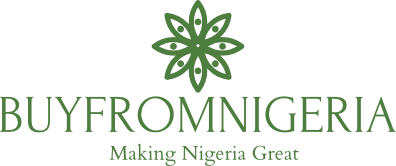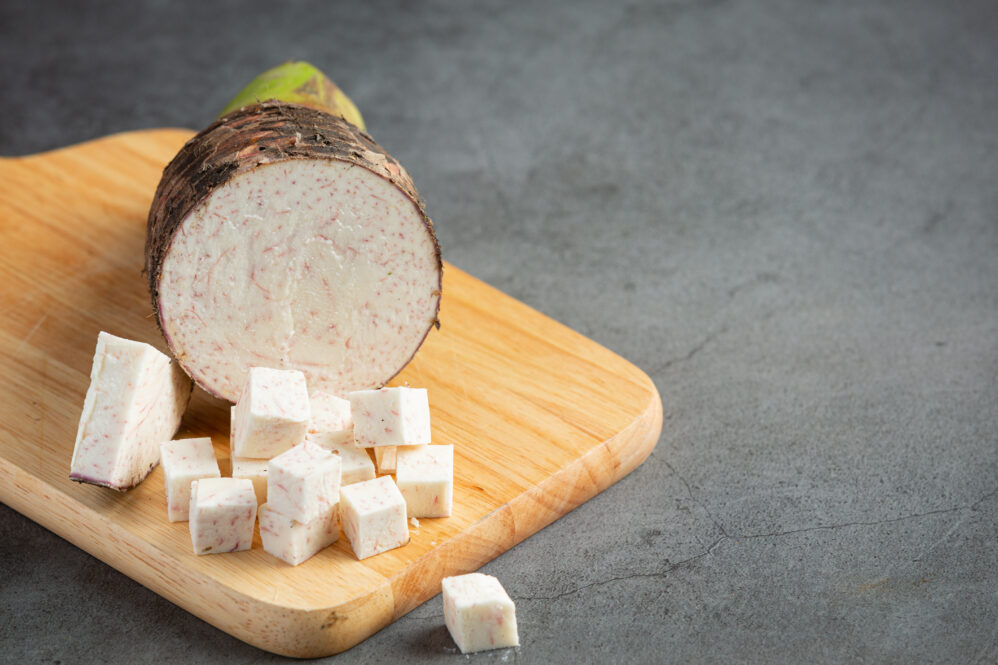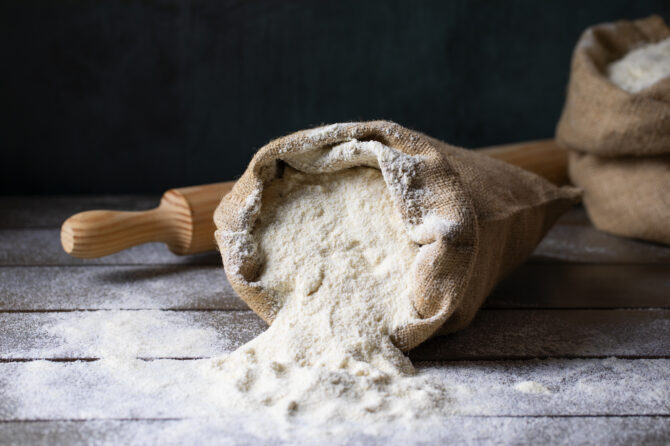Are you looking for a golden opportunity to turn your passion for agriculture into a thriving business venture? Look no further! Welcome to the world of yam economics, where the humble yam holds the key to unlocking your financial dreams.
Imagine a scenario where your hard work in the fields translates into substantial profits. Picture yourself at the forefront of a rapidly growing industry, meeting the ever-increasing demand for yam-based products. Whether you’re a seasoned entrepreneur or someone with a green thumb searching for a profitable endeavor, this ultimate guide to making money from yam is tailor-made for you.
But why yam, you might wonder? Well, let’s peel back the layers and reveal the hidden potential of this remarkable tuber. From its versatility in the culinary world to its applications in pharmaceuticals and cosmetics, yam has emerged as a coveted commodity, offering multiple avenues for entrepreneurial success.
In this guide, we will delve into the intricacies of the yam market, explore the secrets of selecting the perfect yam variety, and provide you with invaluable insights into cultivating processing, and monetizing yam. Alright, let’s dive into the exciting world of the yam market.
Understanding the Yam Market
You might be wondering, “Is there really demand for yam out there?” The answer is a resounding yes! The global yam market is ripe with opportunities for entrepreneurial success.
Yam, with its rich nutritional profile and versatility, has captured the attention of various industries. From the food sector to pharmaceuticals and even cosmetics, the demand for yam is steadily growing. People are recognizing its health benefits, unique taste, and numerous applications.
Imagine being part of this flourishing market and reaping the rewards. By tapping into the yam industry, you can turn your passion for this tuberous crop into a profitable venture.
The beauty of yam is that it offers a wide range of possibilities. Whether you want to focus on supplying fresh yams to local markets, producing value-added products like yam flour or chips, or even exploring the export market, there’s room for everyone.
With the increasing global interest in healthy and natural foods, yam has become a sought-after commodity. Consumers are looking for alternatives to processed foods, and yam fits the bill perfectly. Its nutritional value, gluten-free nature, and culinary versatility make it an appealing choice for health-conscious individuals.
Moreover, yam has gained popularity in traditional medicine and the pharmaceutical industry. It contains bioactive compounds with potential health benefits, including antioxidants and anti-inflammatory properties. As the demand for natural remedies grows, so does the demand for yam-based products.
So, if you’re considering venturing into the yam business, you’re on the right track. The market is expanding, and there are plenty of opportunities waiting to be seized. In the following sections, we’ll explore how you can make the most of this lucrative market by choosing the right yam variety and implementing effective cultivation and business strategies.
Choosing the Right Yam Variety
When it comes to making money from yam, selecting the right variety is a crucial step that can significantly impact your profitability. With numerous yam varieties available, each having its unique characteristics, understanding the options and their market potential is key. Let’s dive into the world of yam varieties and explore how to choose the perfect one for your business.
Firstly, consider the target market and consumer preferences. Different yam varieties have varying tastes, textures, and cooking qualities. For instance, some varieties are ideal for boiling, while others are better suited for frying, baking, or making yam flour. By understanding the culinary preferences of your target audience, you can tailor your yam production to meet their demands and maximize your sales.
Secondly, evaluate the market trends and demand for specific yam varieties. Stay informed about the latest market insights, as consumer preferences can change over time. Research local and international markets to identify the yam varieties that are currently in high demand or have the potential growth potentializing your production with market trends, you can position yourself for success in the yam industry.
Furthermore, consider the agronomic characteristics of different yam varieties. Factors like yield potential, disease resistance, and adaptability to specific climatic conditions should be taken into account. Some varieties may be more suitable for your local environment or farming practices, resulting in better yields and reduced production risks. Consult with agricultural experts or local farmers to gather insights on which yam varieties thrive in your region.
Lastly, don’t forget about the uniqueness factor. In a competitive market, having a distinct yam variety can give you a competitive edge. Look for rare or heirloom yam varieties that are not commonly available. These unique varieties can attract niche markets and fetch premium prices. Differentiate yourself by offering something extraordinary and captivating to consumers who appreciate novelty and exclusivity.
Remember, the selection of the right yam variety is a crucial decision that can significantly impact your profitability. By considering consumer preferences, market trends, agronomic characteristics, and uniqueness, you can choose a variety that aligns with your business goals and sets you up for success in the yam industry.
Yam Cultivation Techniques
Yam cultivation is a critical aspect of establishing a successful yam-based business. By understanding and implementing effective cultivation techniques, you can optimize your yield and ensure the production of high-quality yams. Here aryamshe the key steps involved in yam cultivation:
1. Preparing the Land: Before planting yam, it’s essential to prepare the land properly. Choose a well-drained area with fertile soil. Clear any weeds or debris and break up the soil to create a loose bed for planting.
2. Selecting Quality Seed Tubers: The key to a successful yam harvest lies in choosing the right seed tubers. Look for healthy tubers that are free from disease or damage. Opt for medium-sized tubers, as they tend to yield better results.
3. Planting Techniques: Yam is typically propagated through cuttings or seed tubers. Bury the seed tubers in the soil, leaving a few inches of the tuber exposed above the surface. Space them adequately to allow room for growth.
4. Providing Care and Maintenance: Once the yam is planted, it’s time to give it the care it needs. Regularly water the plants, especially during dry spells. Keep an eye out for weeds and remove them promptly to prevent competition for nutrients.
5. Managing Pests and Diseases: Just like any other crop, yams can be susceptible to pests and diseases. Monitor your plants regularly and take preventive measures such as applying organic pesticides or using companion planting techniques to ward off unwanted visitors.
6. Harvesting the Yam: Patience is key when it comes to harvesting yam. Wait until the foliage starts to turn yellow and dry up. Carefully dig around the base of the plant and gently lift the tubers out of the ground. Handle them with care to avoid damage.
Post-Harvest Handling and Processing

After successfully harvesting your yam crop, it’s crucial to pay careful attention to post-harvest handling and processing techniques to maintain the quality and value of your yams. Here’s what you need to know:
First things first, remember that yams are perishable, so time is of the essence. As soon as you’ve harvested them, gently handle the yams to avoid bruising or damage. Inspect each yam, discarding any that show signs of disease, rot, or damage. Remember, quality is key!
Next, it’s time to properly store your yams. Choose a cool, dry, and well-ventilated storage area to prevent excessive moisture buildup, which can lead to spoilage. Storing yams at temperatures around 12-15°C (54-59°F) with a humidity level of 70-75% is ideal. Avoid exposing them to direct sunlight or extreme temperatures, as this can cause rapid deterioration.
To extend the shelf life of your yams, consider implementing curing techniques. Curing involves exposing the freshly harvested yams to a higher temperature and humidity for a specific period. This process toughens the skin and enhances the yam’s flavor and nutritional content. It typically takes about 7 to 10 days of curing at 29-32°C (84-90°F) with a humidity level of 90-95%.
If you’re looking to add value to your yam harvest, processing is the way to go. One popular option is yam flour production. Start by thoroughly washing the yams, peeling them, and then slicing them into thin pieces. These slices are then dried, either by sun drying or using a dehydrator, until they become crispy. Once dried, grind them into a fine powder, and voila! You have your very own homemade yam flour, ready to be used in various recipes.
Another fantastic processing option is creating value-added yam products. Get creative and experiment with making yam chips, yam crisps, or even yam-based beverages. These products can attract a broader market and provide additional income streams. Remember to package your products attractively and consider branding to make them stand out on the shelves.
When it comes to storage, yam flour requires careful handling as well. Keep it in airtight containers to protect it from moisture and pests. Make sure to store it in a cool, dry place away from sunlight, as exposure to heat and light can reduce its quality over time.
Remember, the quality of your yam products will greatly influence their marketability and profitability. Prioritize cleanliness and hygiene during processing, and regularly inspect your stored yams or yam products to remove any spoiled or damaged ones promptly.
Marketing and Sales Strategies
Alright, you’ve grown some fantastic yams, and now it’s time to turn them into profit! In this section, we’ll dive into some exciting marketing and sales strategies to help you maximize your earnings from those delicious tubers.
1. Know Your Audience: To effectively market your yams, it’s crucial to understand your target audience. Are you catering to local consumers, restaurants, or wholesalers? Knowing their preferences and needs will guide your marketing efforts.
2. Quality Sells: Emphasize the quality of your yams. Highlight their freshness, size, and superior taste. Consider using terms like “hand-picked,” “farm-fresh,” or “locally grown” to attract attention and instill confidence in potential buyers.
3. Branding and Packaging: Create an eye-catching brand identity for your yams. Develop a logo and packaging that reflects the high quality of your produce. Remember, customers are drawn to visually appealing products, so invest in attractive packaging that stands out on the shelves.
4. Local Farmers’ Markets: Participate in local farmers’ markets or community events. These provide excellent opportunities to directly connect with consumers and build relationships. Offer samples, and recipe ideas, and engage in conversations to showcase the unique qualities of your yams.
5. Online Presence: In today’s digital age, having an online presence is crucial. Create a website or an e-commerce store to showcase your yams and enable online sales. Utilize social media platforms to share mouth-watering visuals, recipes, and engaging content to attract a wider audience.
6. Collaborate with Chefs and Restaurants: Reach out to local chefs, restaurants, and catering services. Offer them a taste of your yams and explore potential collaborations. Being featured on menus or using your yams in signature dishes can boost your visibility and attract new customers.
7. Value-Added Products: Consider creating value-added products using yams. Develop recipes for yam-based snacks, chips, or gluten-free yam flour. These unique offerings can expand your market reach and cater to different consumer preferences.
8. Promotions and Discounts: Run seasonal promotions, bundle deals, or limited-time discounts to entice customers. Everyone loves a good deal, and it can encourage both new and returning customers to try your yams.
9. Build Relationships with Retailers: Establish relationships with local grocery stores or specialty food shops. Offer them exclusive deals or promotional displays to feature your yams prominently. Building strong partnerships with retailers can lead to consistent sales and increased visibility.
10. Customer Feedback and Testimonials: Encourage customers to provide feedback and testimonials about your yams. Positive reviews and testimonials can boost your credibility and attract new buyers. Consider offering incentives for customers to share their experiences.
Monetizing Yam By-Products

Alright, let’s dive into a fascinating aspect of making money from yam – monetizing those valuable by-products. You see, yam isn’t just about the tubers themselves; there’s potential gold hidden in the by-products that often go overlooked. Let’s explore some clever ways to extract additional value and boost your profits.
1. Yam Peels: Don’t Discard, Sell!
Did you know that yam peels can be transformed into various products? Instead of tossing them away, consider selling them to interested buyers. These peels can be used in the production of animal feed, organic fertilizer, or even as ingredients in natural skincare products. By selling yam peels, you’re turning waste into wealth.
2. Yam Flour: A Versatile Cash Cow
Yam flour is a sought-after ingredient in gluten-free and grain-free diets. Capitalize on this demand by producing and selling high-quality yam flour. With the right equipment, you can process yam in yam flour, which can be used for baking, thickening sauces, or making nutritious porridge. Packaged attractively, yam flour becomes an appealing product that can fetch a premium price.
3. Value-Added Yam Products: Unleash Your Creativity
Get your entrepreneurial gears turning and explore the world of value-added yam products. Think beyond the traditional and offer unique creations like yam chips, yam noodles, or even yam-based energy bars. By transforming Yam iYam’s innovative and convenient products, you can cater to different market segments and create a loyal customer base.
4. Yam Extracts for Nutraceuticals and Cosmetics
Yam extracts contain beneficial compounds that have garnered attention in the nutraceutical and cosmetic industries. Extracts derived from yam tubers can be used in supplements, herbal remedies, and skincare products. Partnering with relevant manufacturers or starting yam-based nutraceuticals and cosmetics can open up new revenue streams.
5. Biomass and Energy Generation
Yam waste materials, such as peels and leftovers from processing, can be converted into biomass fuel or biogas through anaerobic digestion. This sustainable energy source can be utilized to power your operas or even sold to energy companies. By turning yam waste into clean energy, you’re not only reducing the environmental impact but also generating extra income.
Remember, these are just a few examples of how you can monetize yam by-products. The key is to think creatively, explore market opportunities, and identify potential buyers or partners interested in these unique offerings. Turn those overlooked by-products into profit-generating assets and watch your yam business flourish!
Conclusion
In conclusion, the ultimate guide to making money from yam has shed light on the potential for economic growth and success in the yam industry. By combining knowledge of market trends, consumer preferences, and sustainable practices, individuals and businesses can unlock the full potential of yam economics and create a profitable and sustainable venture. Whether as a farmer, distributor, or processor, embracing the opportunities presented by yam economics can lead to a prosperous and fulfilling journey in the world of agriculture and commerce.












